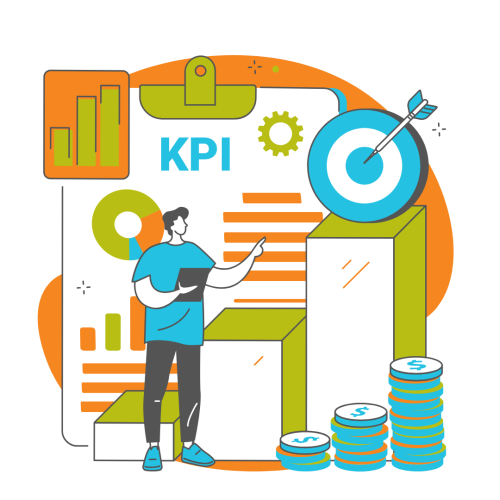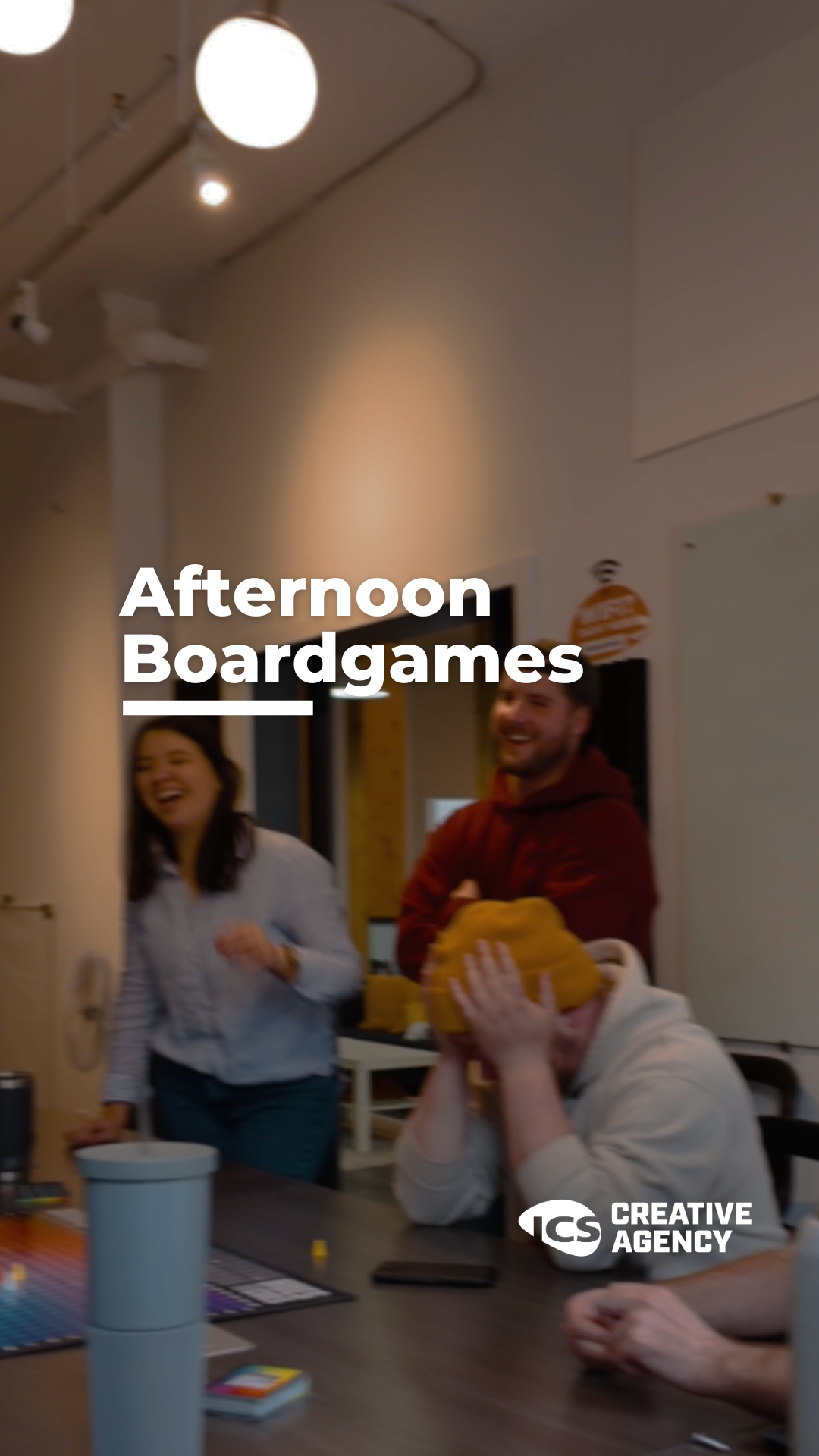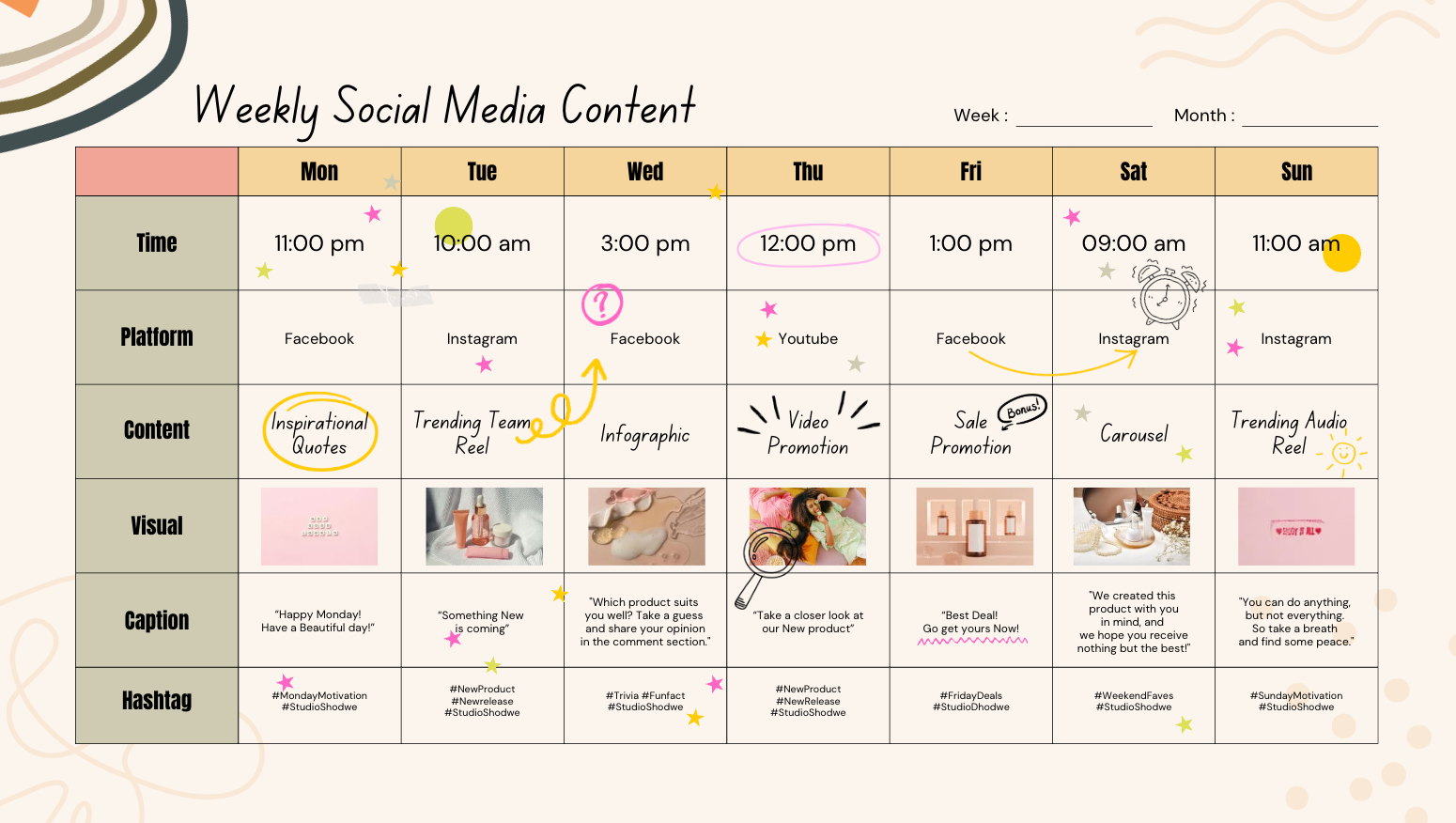
Marketing Terms You’ve Heard But Might Not Understand (Explained)
What’s a bounce rate? How does retargeting actually work? And what even is a CTA? In this jargon-free blog, we’re breaking down the most common marketing terms in plain English so you can feel confident in your strategy and your next meeting.
Marketing moves fast. New tools, new platforms, new buzzwords, and suddenly you’re sitting in a meeting hearing phrases like “your bounce rate is high” or “we’ll retarget that audience next quarter” and wondering if everyone else secretly took a course you missed.
If you’ve ever nodded during a conversation even though you weren’t 100% sure what a term meant… you’re not alone. And you’re not behind.
At ICS, we talk about marketing all day but we also understand that our clients shouldn’t need a dictionary to understand their own strategy. So today, we’re breaking down some common (and confusing) marketing words to help you feel more confident next time this jargon pops up.
Let’s jump in.
Bounce Rate
What it means:
The percentage of people who visit your website and leave without clicking anything else.
Think of it like:
Someone walking into your store, taking one quick look, and immediately walking back out.
Why it matters:
A high bounce rate can be a red flag, but not always.
Bounce rate is heavily influenced by the purpose of the page.
For example, blog posts are meant to answer a question quickly so visitors often leave after reading (which is normal). A product page or service page, however, should encourage people to explore further. When we analyze bounce rate for clients, we look at intent, traffic source, and page experience to understand what’s actually happening behind the number.
CTA
Why it matters:
Call-to-action. CTA is anything that tells someone what to do next: “Buy now,” “Learn more,” “Book a call,” etc.
Think of it like:
Your friendly nudge that says, “Hey, here’s your next step forward.”
What it means:
Clear CTAs guide your audience and increase results. Without them, people often just… leave or get captured by something else.
A strong CTA doesn’t have to be salesy, it just needs to be clear.
If someone has read your entire page or watched your video, they expect a next step. A CTA is your opportunity to move them toward action in a way that feels natural. At ICS, we often test different CTA styles to see what audiences respond to best.
SEO
What it means:
SEO means Search Engine Optimization - which is improving your website so search engines like Google rank it higher.
Think of it like:
A librarian organizing books so people can easily find what they’re looking for.. and recommending yours when it fits their needs.
Why it matters:
Better SEO = more organic visibility = more customers finding you without ads.
SEO isn’t just one thing. It includes your site structure, page speed, content quality, keywords, and even how users behave on your pages. It’s a long-game strategy, but once it kicks in, it can become one of your strongest and most reliable traffic sources. That’s why we recommend our clients treat SEO as a foundational part of their digital presence - it works quietly in the background while you focus on running your business.
Retargeting
What it means:
Ads that show to people who have already interacted with your business online, visited your site, added something to cart, watched a reel, etc.
Think of it like:
Seeing a familiar face in a crowd - you’re far more likely to stop, engage, and pay attention because you already recognize them.
Why it matters:
Ads that show to people who have already interacted with your business online, visited your site, added something to cart, watched a reel, etc.
Think of it like:
Seeing a familiar face in a crowd - you’re far more likely to stop, engage, and pay attention because you already recognize them.
Impressions
What it means:
The number of times your post or ad was shown, not the number of people, just total views. This can include the same person seeing it multiple times.
Think of it like:
A billboard on a busy highway, the same person might pass it (and see it) several times.
What it means:
Shows reach and visibility, even if people didn’t click.
Impressions help you understand how often your content is appearing in people’s feeds. High impressions with low engagement may mean your content needs stronger hooks, visuals, or messaging. High impressions with strong engagement? That’s a sign your content is resonating.
You don’t need a marketing degree to feel confident in your strategy, you just need information that makes sense.
At ICS, we believe in building strong relationships with our clients.
That means:
- explaining things clearly
- giving you transparency into your results
- empowering you to make informed decisions
and handling the heavy lifting so you can focus on running your business.
When you understand the language, you understand the strategy and that’s where impact is made. Our goal at ICS is to make marketing feel approachable, not overwhelming. If you ever feel stuck or confused by your analytics, you can always count on us to break it down and help you see the bigger picture.
Clear information leads to confident decisions, and we’re here to help you make both!

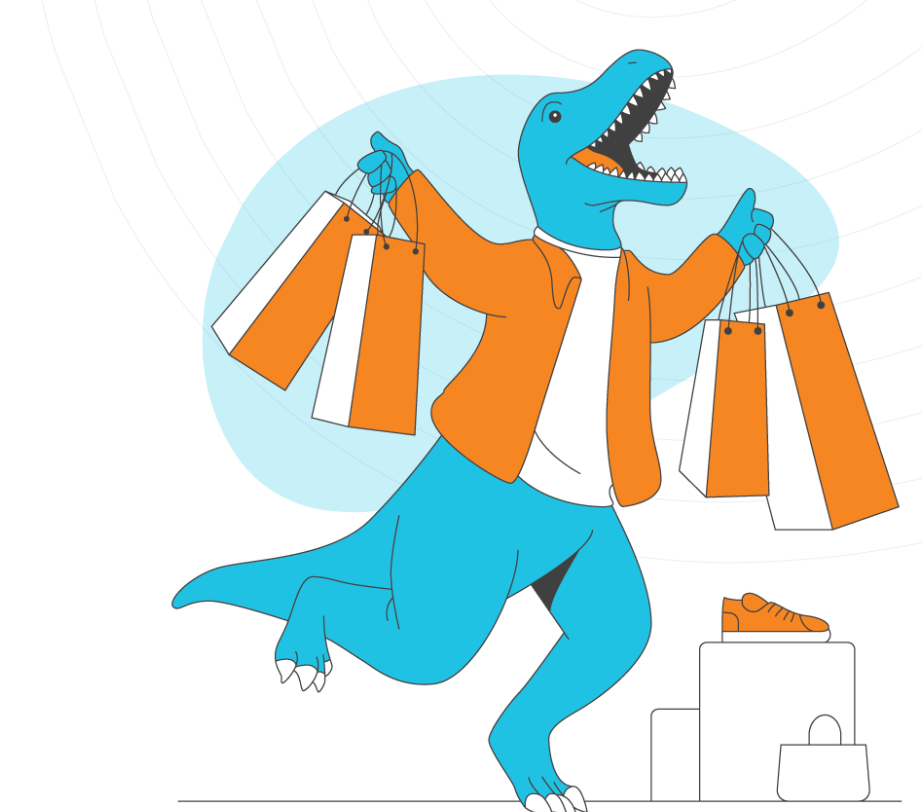

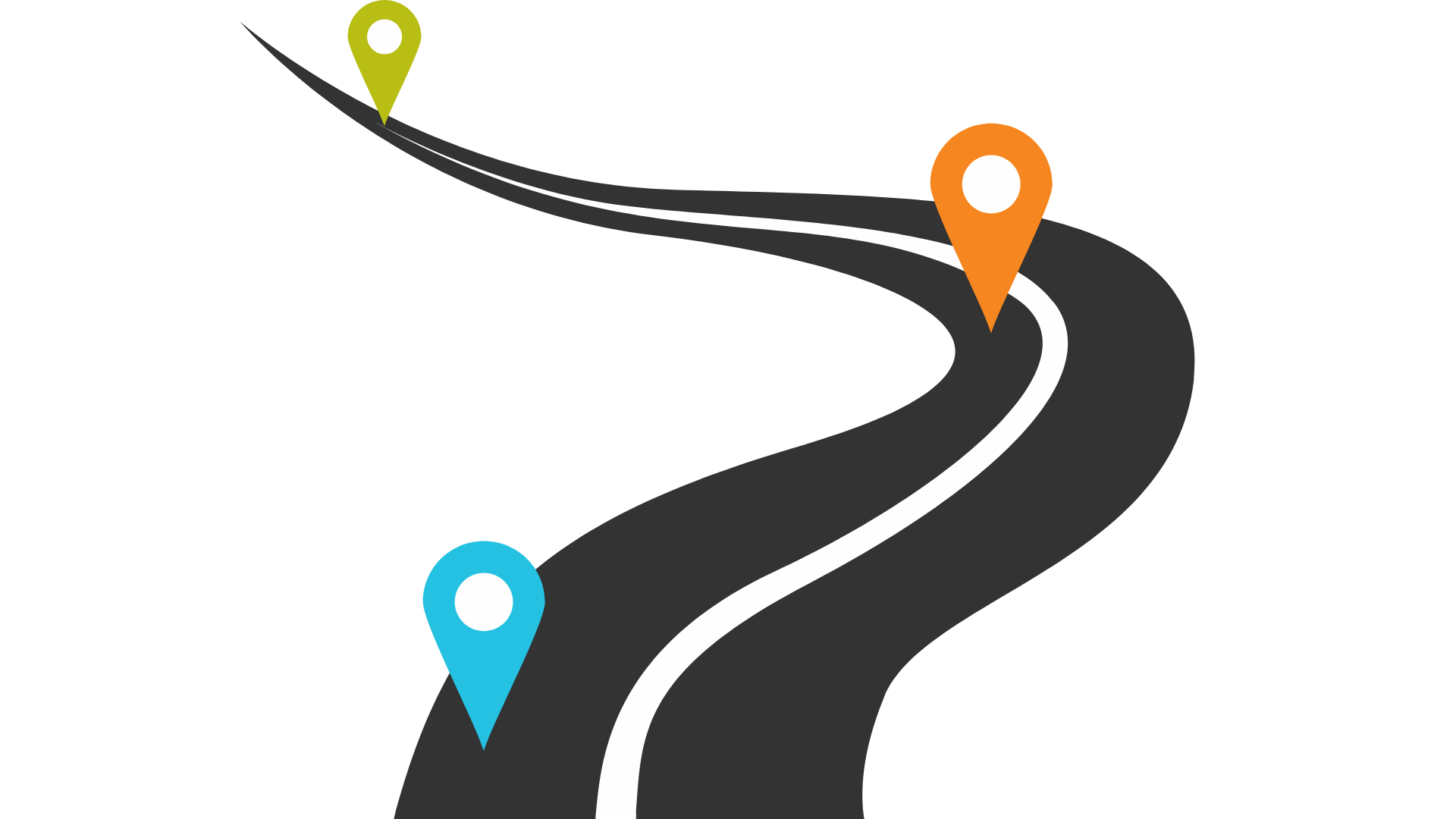

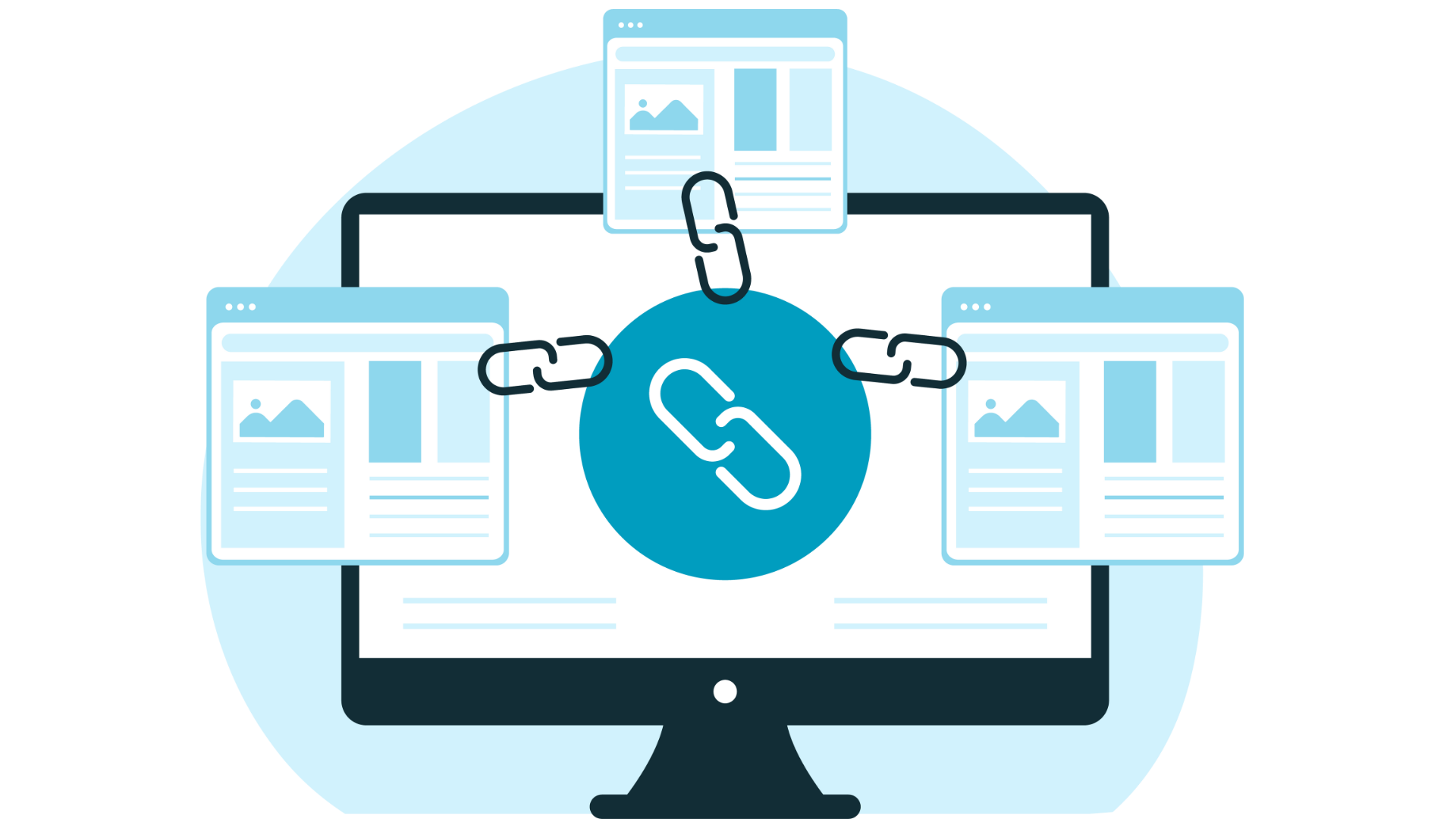




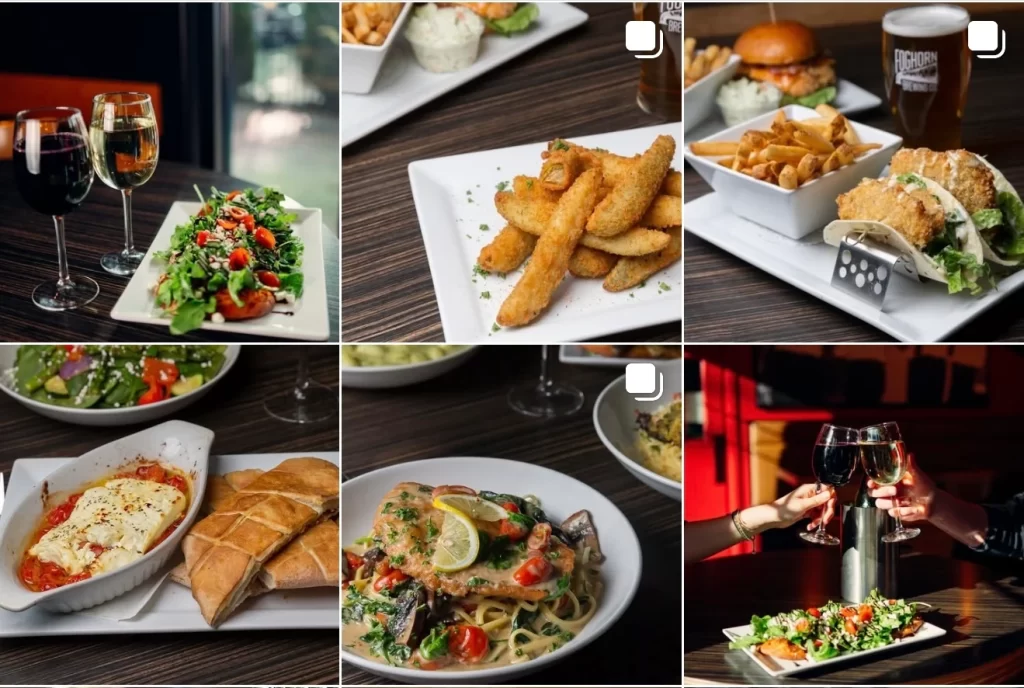


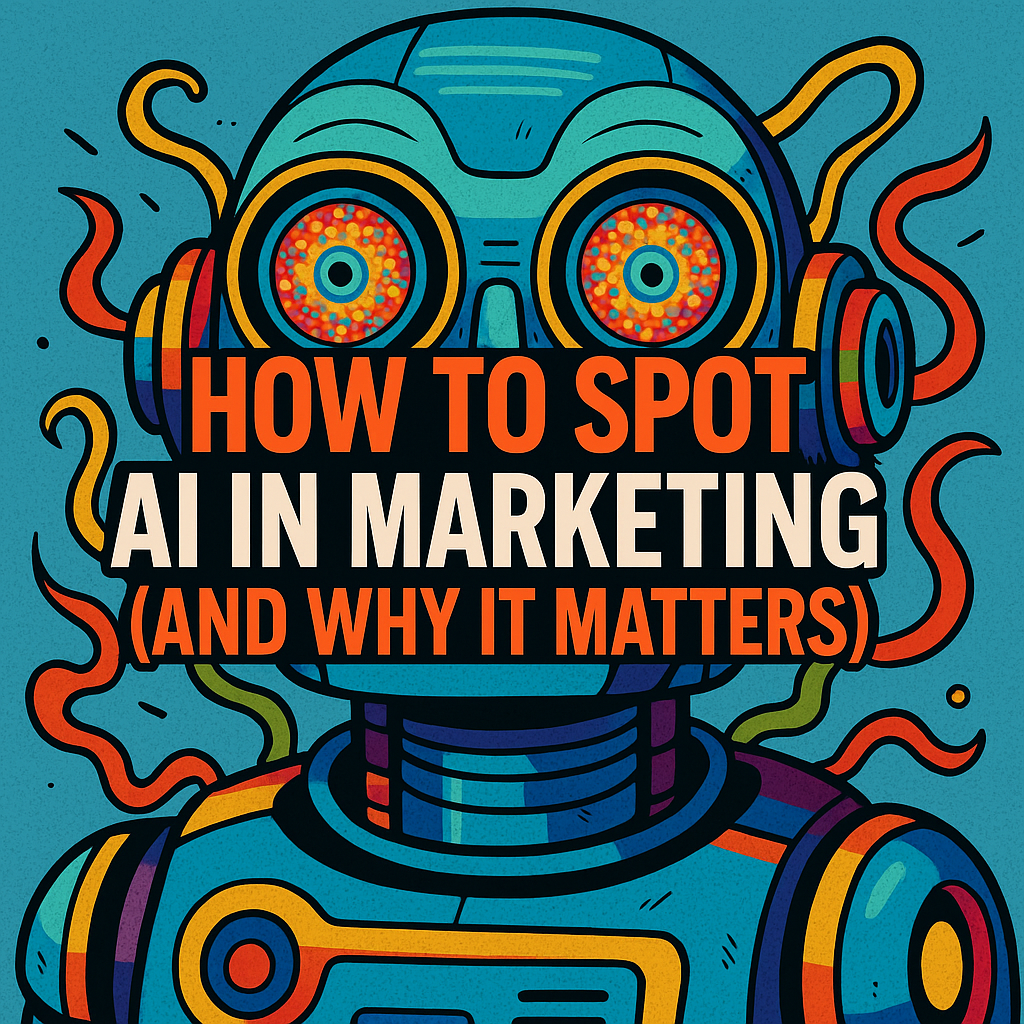

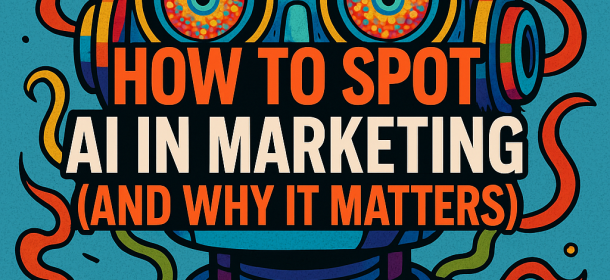



 Takeaway for small businesses: You don’t have to be loud to build brand love. When your values show up consistently in your products, partnerships, and purpose, you create trust. By aligning with what matters to your audience, whether that’s sustainability, local pride, or giving back, your brand becomes more than something they buy - it becomes something they believe in.
Takeaway for small businesses: You don’t have to be loud to build brand love. When your values show up consistently in your products, partnerships, and purpose, you create trust. By aligning with what matters to your audience, whether that’s sustainability, local pride, or giving back, your brand becomes more than something they buy - it becomes something they believe in.






